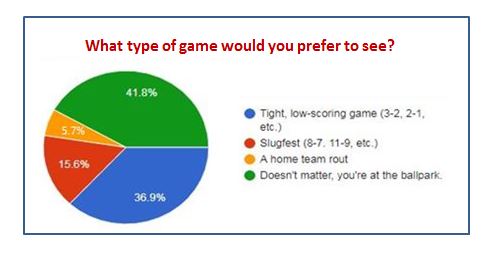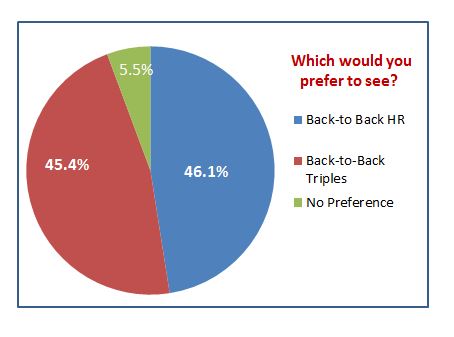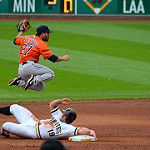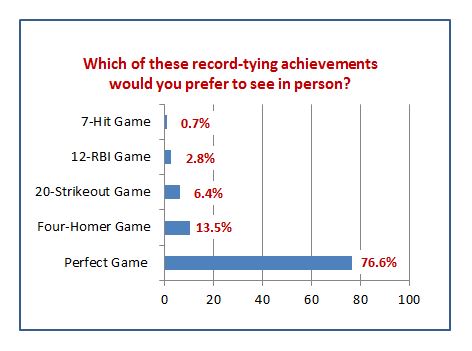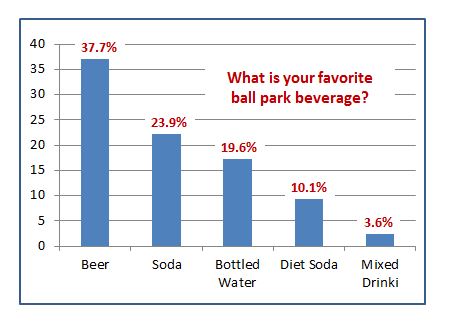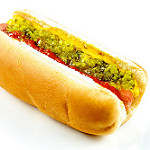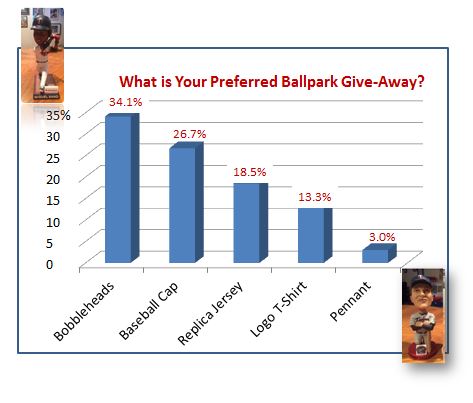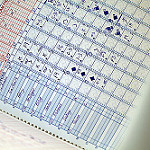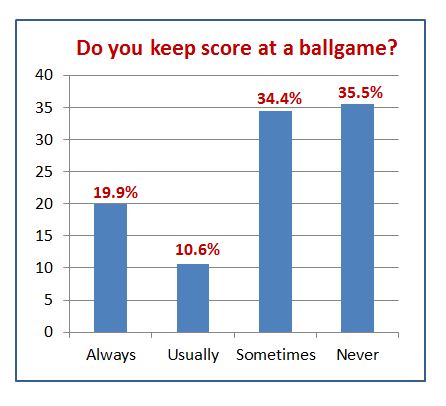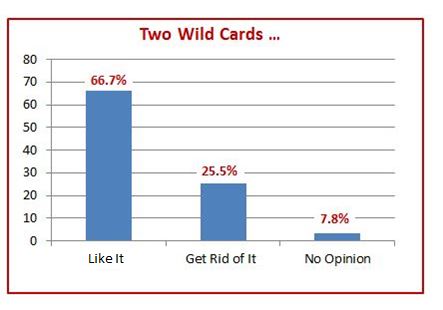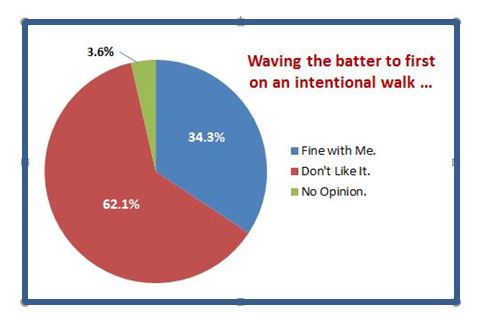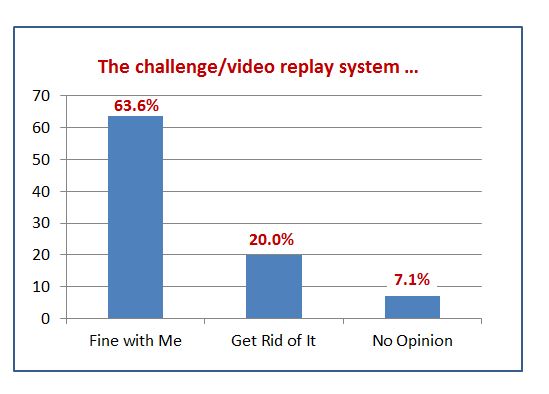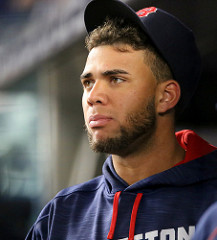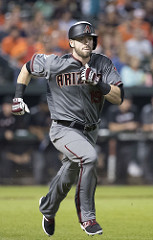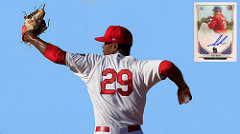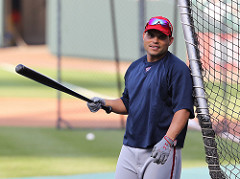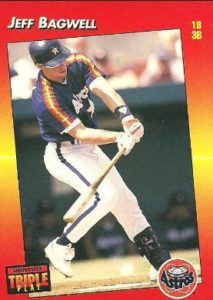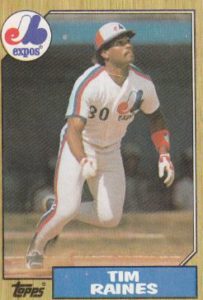Just returned from a ten-day vacation in Maryland, so I am a couple days late on this post – which relates to my experience at Nationals Park, the 31st major-league ballpark I have visited (some of which, of course, no longer exist) since attending my first-ever MLB game and Milwaukee’s Country Stadium in 1953. Side note: I was at Nationals Park on Saturday June 18; spent Father’s Day with my daughter on Sunday; flew back to Minnesota on Monday; and relaxed by taking in “Top Gun: Maverick” at the bargain movies on Tuesday. (Life can’t quite be all baseball.)
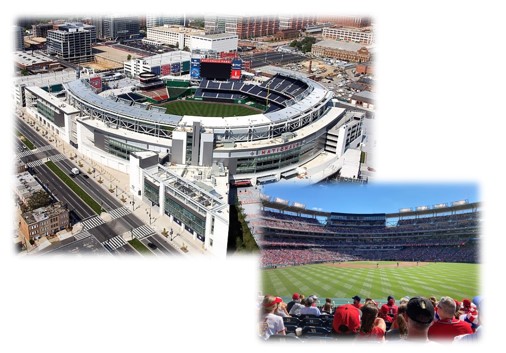 Before I get a brief review of Nationals Park a bit about the game. As noted, I was there on Saturday, June 18 – with the Nationals hosting the Phillies, I wasn’t expecting a very competitive contest. The Phillies were on a four-game winning streak, had won eight of their past ten and had been 14-2 since June 1, The Nationals were headed in the opposite direction, coming into the game on a seven-game losing streak and 5-12 since June 1. On the hill for the Phillies was veteran righty Aaron Nola – 4-4, 3.42 on the season, but 4-0, 2.45 over his last four starts. For the Nationals it was righthander Josiah Gray in his second big-league season, with a 6-4, 4.33 record on the season.
Before I get a brief review of Nationals Park a bit about the game. As noted, I was there on Saturday, June 18 – with the Nationals hosting the Phillies, I wasn’t expecting a very competitive contest. The Phillies were on a four-game winning streak, had won eight of their past ten and had been 14-2 since June 1, The Nationals were headed in the opposite direction, coming into the game on a seven-game losing streak and 5-12 since June 1. On the hill for the Phillies was veteran righty Aaron Nola – 4-4, 3.42 on the season, but 4-0, 2.45 over his last four starts. For the Nationals it was righthander Josiah Gray in his second big-league season, with a 6-4, 4.33 record on the season.
In the first inning, it appeared the Phillies might dominate: a one-out single by SS Didi Gregorius; a two-out hit-by-pitch (C J.T. Realmuto); and a two-out walk to CF Odubel Herrera loaded the bases. At this point, Gray had thrown 19 pitches – 11 out of the strike zone. Gray toughened up and stuck out 1B Alex Bohm swinging (on five pitches) and, from that point, it was game on.
After that first inning, Gray pitched five scoreless frames, giving up no hits and just one walk (three whiffs) in those frames. Phillies starter Nola was even batter, working eight scoreless innings – four hits, one walk and eight strikeouts. The game was 1-0 Phillies after 8 1/2 innings, with the only scoring coming on a home run by number-nine hitter 3B Yadier Munoz (his second of the season). The Phillies brought Brad Hand in for the save, but the Nationals used a walk, a ground out (with the runner advancing) and a single by PH Lane Thomas to tie it up. The Phillies scored the “gifted runner” in the top of the tenth on a single by pinch hitter Rhys Hoskins (pinch hitters made the managers look good that day). The Phils went on to load the bases with one out, but did not score again. A 1-2-3- bottom of the tenth by reliever Seranthony Dominguez gave the Phillies the win.
My Scorecard Blank in the Tenth
My scorecard went blank in the top of the tenth inning. (Maybe it’s just old school, but I refuse to recognize a gifted runner on my scorecard.)
Now, a bit about the Nationals Park experience. Normally, I see at least a couple of games at parks I comment on (usually as part of a Ballpark Tours adventure). This, however, was a one-game visit, so the commentary will be a bit shorter than in the past.
First, getting to the ball park. Despite its urban location, access – once you got near the park – was not difficult (the freeways leading to the area were another story). Traffic, with the assist of police officers at intersections, move fairly well. Parking, however, is expensive (we paid $40 to part about two blocks from the ballpark, which seemed to be a common rate nearby). There is, however, good Metro service to the area (the Navy Yard Station is just a block away from the ballpark). If you want to add to your experience, there also is water taxi service from Old Town to Diamond League Pier (directly across from the ballyard).
Pre-Game Meeting
Nationals Park is located in the Capitol Riverfront area near the Navy Yard – and, if you arrive early (I’d suggest it) you will find ample opportunities for pre-game food, libations and entertainment.
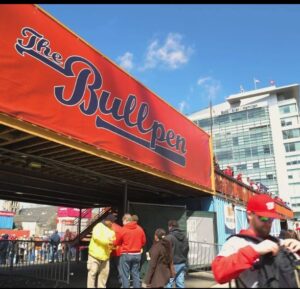 A particularly promising pre-game meeting spot is The Bullpen – a stone’s (or baseball’s) throw from the ballpark. This enclosed, but outdoor, venue offers music, adult beverages and food trucks – in a loud and lively atmosphere. If you want something a bit more subdued, there are plenty of alternatives nearby.
A particularly promising pre-game meeting spot is The Bullpen – a stone’s (or baseball’s) throw from the ballpark. This enclosed, but outdoor, venue offers music, adult beverages and food trucks – in a loud and lively atmosphere. If you want something a bit more subdued, there are plenty of alternatives nearby.
The Ballpark
One thing to note about Nationals Park: It does not pay homage to innovative or even eye-catching architecture. There really are no architectural features that will grab your attention. It is a ballpark, pure and simple. That understood, the sight lines are good, the seating and aisles are well-placed, there are ample restrooms and moving about the park (and finding what you may be looking for) is easy. It’s a good place to watch a ballgame. Now for a few more specifics.
The ballpark has six entry gates (not counting the media and suite gate) and it is well set up to handle ticket holders efficiently. The day we were there, the attendance topped 42,000 and there were no long lines or delays getting into the park. If you enter through the Home Plate Gate, you can take in the nearby bronze statues of Josh Gibson, Frank Howard and Walter Johnson.
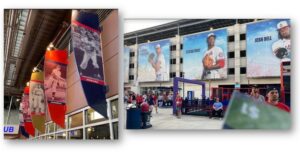 Once inside, I’d recommend walking the wide main concourse — which conveniently is open all the way around the field of play. You can take in the tributes to the heroes of Washington D.C. baseball past and present (Nationals, Senators and Expos) as well as murals acknowledging current Nationals players.
Once inside, I’d recommend walking the wide main concourse — which conveniently is open all the way around the field of play. You can take in the tributes to the heroes of Washington D.C. baseball past and present (Nationals, Senators and Expos) as well as murals acknowledging current Nationals players.
While walking the concourse, I came across the Family Picnic Area (Right Field, Sections 142) – a fan- and family-friendly spot with picnic tables available on a first-come/first-serve bases.
A tour of the concourse will also give you a chance to check out the wide array of concessions – you’ll find everything from traditional ballpark fair (sausages, burgers, pizza) to options like lobster rolls, barbeque and even freshly shucked oysters. For dessert? There’s everything from soft-serve ice cream to Dippin’ Dots to gelati to funnel cakes. Among the concessions recommended by the locals I talked to were: Ben’s Chili Bowl … the “Half Smoke,” a quarter-pound sausage of half beef/half pork smothered in Ben’s special-recipe chili; Medium Rare … steak, fries and secret sauce smashed in a toasted bun; Haute Dog and Fries … hot dogs with lots of creative topping combinations; and Jimmy’s Famous Seafood) … shrimp and crab cake rolls and “Crabby Dogs.”.
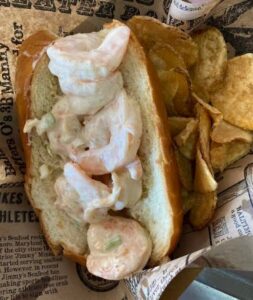 I went with the Shrimp Roll from Jimmy’s Famous Seafood … and it was a solid choice. A just right sauce and lots of jumbo shrimp. The shrimp reminded from a line in The Big Bang Theory about casino cocktail shrimp the size of a baby’s arm. When it comes to food options, Nationals Park rates high. I did not visit any of the “sit-down” locations.
I went with the Shrimp Roll from Jimmy’s Famous Seafood … and it was a solid choice. A just right sauce and lots of jumbo shrimp. The shrimp reminded from a line in The Big Bang Theory about casino cocktail shrimp the size of a baby’s arm. When it comes to food options, Nationals Park rates high. I did not visit any of the “sit-down” locations.
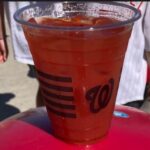 As always, I am including a Bloody Mary review in my commentary on the ballpark. The Nationals could do a little work here. I stopped first at the District of Cocktails, but they were out of Bloody Mary mix (and this was pre-game). I did get a Bloody Mary at the Center Field Cocktail Counter. It was basically one carefully measured shot of vodka topped with bottled mix, not high on my list. On the flip side, for beer lovers, there are multiple District Drafts locations with plenty of solid craft beer options. In addition, there are the Devils Backbone Left Field Lodge, Budweiser Terrace Bar and Budweiser Brew House … comfortable places to gather and share an adult beverage.
As always, I am including a Bloody Mary review in my commentary on the ballpark. The Nationals could do a little work here. I stopped first at the District of Cocktails, but they were out of Bloody Mary mix (and this was pre-game). I did get a Bloody Mary at the Center Field Cocktail Counter. It was basically one carefully measured shot of vodka topped with bottled mix, not high on my list. On the flip side, for beer lovers, there are multiple District Drafts locations with plenty of solid craft beer options. In addition, there are the Devils Backbone Left Field Lodge, Budweiser Terrace Bar and Budweiser Brew House … comfortable places to gather and share an adult beverage.
The fans at Nationals Park were active, involved and friendly (and some I talked to still hold a “Bryce Harper Grudge”). I enjoyed the sea of waving red when the Nationals’ announcer called for fans to wave their caps between innings. As usual (in all my recent ballpark visits), cell phones and selfies outnumbered scorecards. Plenty of fans displayed the Nationals “colors” on jerseys (Strasburg jerseys were the most prevalent), t-shirts and hats and there was also a strong (and loud) Phillies contingent in the stands.
BetMGM Sportsbook
Okay I did not go in, but the Nationals partnered with BetMGM to open the first sportsbook at (connected to) an MLB stadium. The keyword here is “at” as opposed to “in.” Inside the sportsbook location (just outside of Nationals Park’s center field gate), there are 40 television, a bar (with pub food) and multiple betting windows and kiosks. While fans don’t have access to the sportsbook facility while in the stadium (remember that “at” not “in” distinction) they, are able to bet from their seats using the BetMGM app. The app can be used to make wagers within a two-block radius of Nationals Park
In a statement earlier this year, Lerner Sports Group Chief Operating Officer Alan Gottlieb said “The BetMGM Sportsbook at Nationals Park represents the newest way in which we are providing our fans with the best experiences in sports and entertainment. Upon its opening, the Sportsbook immediately becomes one of the neighborhood’s premier venues for the savvy bettor and casual fan to watch the top events in an upscale and electric atmosphere.”
(Hmmm! Not sure how I feel about this, would love to hear from readers.)
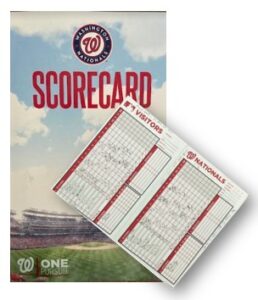 Okay, I hate to be picky, but I did find one significant (for me) shortcoming). The Nationals sell a scorecard for one dollar. It is a stiff paper scorecard, the size of an 8 ½ x 11 inch piece of paper folded in half. Not a lot of room for notations, but more important – there is no listing of the players or numbers . (It doe include scoring tutorial on the bag cover.)
Okay, I hate to be picky, but I did find one significant (for me) shortcoming). The Nationals sell a scorecard for one dollar. It is a stiff paper scorecard, the size of an 8 ½ x 11 inch piece of paper folded in half. Not a lot of room for notations, but more important – there is no listing of the players or numbers . (It doe include scoring tutorial on the bag cover.)
Finally, when you leave the park, you may want to stop by one of the local food and drink establishments to left the crowds and traffic disperse. We stopped long enough for one libation and our drive away from the park was painless.
So, there is a look at Nationals Park. As noted, there are no spectacular architectural features or views – no McCovey Cove, no Roberto Clemente Bridge, no Green Monster, no fountains beyond right field. However, it is a fan-friendly ballpark with good sight lines, a wide concourse and plenty of concession offerings.
BASEBALL ROUNDTABLE ON THE TOP 100 BASEBALL BLOG LIST
 Baseball Roundtable is on the Feedspot list of the Top 1oo Baseball Blogs. To see the full list, click here.
Baseball Roundtable is on the Feedspot list of the Top 1oo Baseball Blogs. To see the full list, click here.
I tweet baseball @DavidBBRT
Follow/Like Baseball Roundtable’s Facebook Page here. More baseball commentary; blog post notifications; PRIZES.
Member: Society for American Baseball Research (SABR); The Baseball Reliquary; The Negro Leagues Baseball Museum.
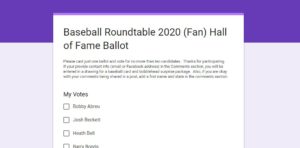
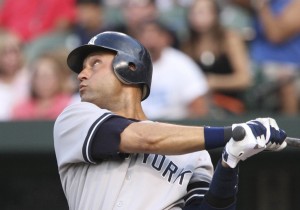

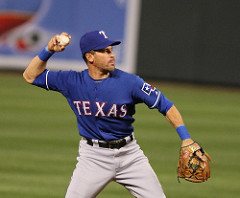

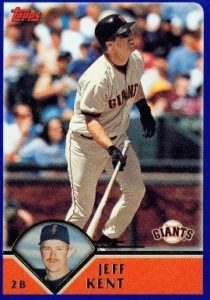
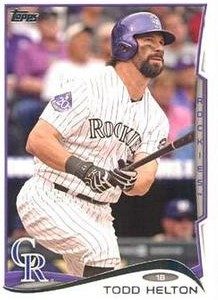




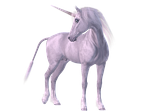 The “prelims” are over and we’ve got our match up for the Main Event – the Astros versus the Nationals in the World Series. As I contemplate the rosters of this pair of worthy opponents, I am led to wonder if, in the coming days, we will see that increasingly rare “unicorn” – a World Series complete game. After all, we are looking at some quality starting pitchers in Justin Verlander, Gerrit Cole and Zack Greinke on one hand and Max Scherzer, Stephen Strasburg and Patrick Corbin on the other. They have six Cy Young Awards among them – and, in 2019, this group won a combined 102 games (just 36 losses), put up a 2.75 earned run average and 1,547 strikeouts in 1,228 innings pitched.
The “prelims” are over and we’ve got our match up for the Main Event – the Astros versus the Nationals in the World Series. As I contemplate the rosters of this pair of worthy opponents, I am led to wonder if, in the coming days, we will see that increasingly rare “unicorn” – a World Series complete game. After all, we are looking at some quality starting pitchers in Justin Verlander, Gerrit Cole and Zack Greinke on one hand and Max Scherzer, Stephen Strasburg and Patrick Corbin on the other. They have six Cy Young Awards among them – and, in 2019, this group won a combined 102 games (just 36 losses), put up a 2.75 earned run average and 1,547 strikeouts in 1,228 innings pitched.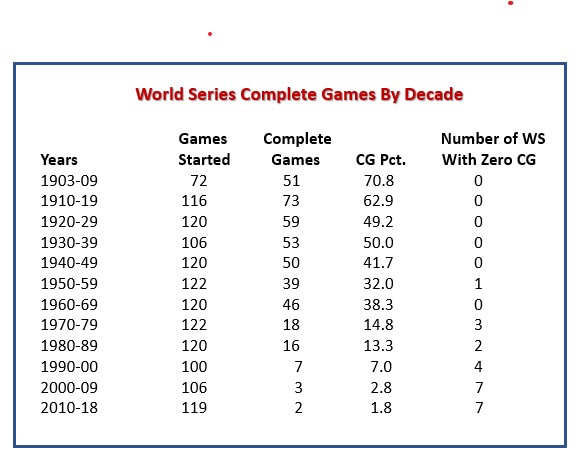
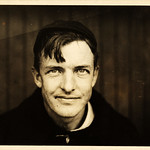

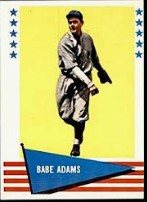

![[Jack Coombs, Brooklyn NL (baseball)] (LOC) by The Library of Congress Jack Coombs photo](https://baseballroundtable.com/wp-content/uploads/2019/10/14960294390_c575790e9b_q_Jack-Coombs.jpg)

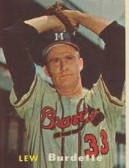



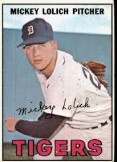

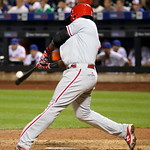
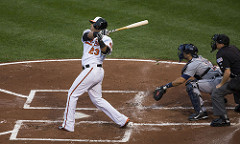




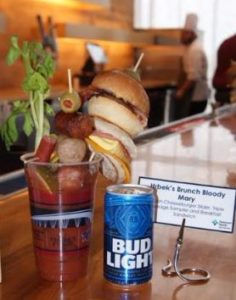



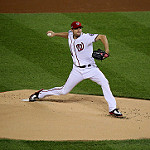
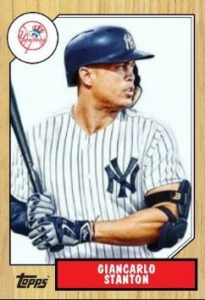
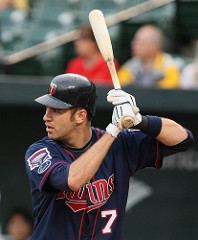

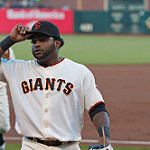
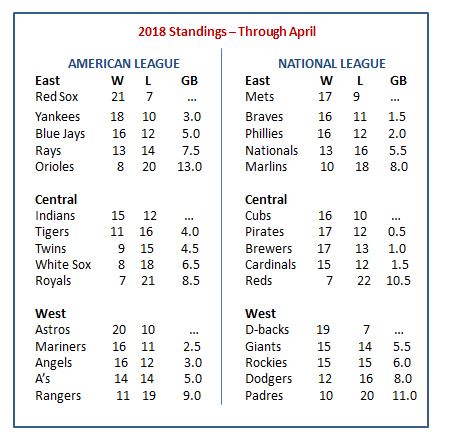
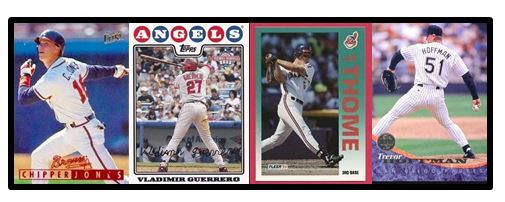


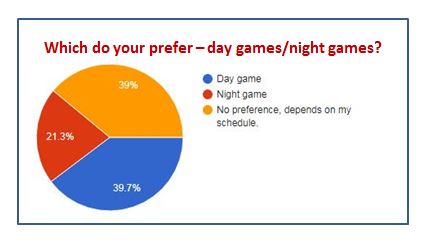

 Slugger Dick (Richie) Allen once gave this evaluation of artifical turf, “If a horse won’t eat it, I won’t play on it.” The Baseball Roundtable survey respondents feel pretty much the same way. Asked for their preference, an overhwelming 93.6 percent said “Natural Grass;” 5.7 percent had “No Major Preference;” and one lone respondent selected “Artificial Turf.”
Slugger Dick (Richie) Allen once gave this evaluation of artifical turf, “If a horse won’t eat it, I won’t play on it.” The Baseball Roundtable survey respondents feel pretty much the same way. Asked for their preference, an overhwelming 93.6 percent said “Natural Grass;” 5.7 percent had “No Major Preference;” and one lone respondent selected “Artificial Turf.” 